Rarely mentioned today is data archiving, only data backups. These services may sound like one in the same, but they are not. Each service is distinctly different, but they work in tandem. Together, data archiving and data backups provide a complete and secure storage solution for your company’s sensitive information.
What’s the difference between data backups and data archiving?
- Data backup is used to save and store changing data, and recover and restore lost files. When data changes and has to be continually updated, it is known as dynamic data.
- Data archiving is used for storing static data for future discovery. Static data is data that will not change once it gets recorded. Think of it like official documents you have at home, birth certificate, marriage license, social security card, or driver’s license. Once any of those documents got recorded, it became static.
5 data archiving strategy steps
1. Inventorying and determining which data must be archived
As you inventory and decide which data gets archived, consider what type of data you want to remain stored on a searchable archive database. For example, do you want your emails discoverable? Then list that in your inventory as searchable archive material.
Before you start listing data to get archived, remember, there is no one guide fits all when determining which data to archive. So, get with you legal team and map out an archive plan for each department.
2. Based on compliance regulations assign a retention schedule for each category
If you work in an industry such as Healthcare, Legal, or Government you know there are stiff government regulations about proper storage of specific data. For example, HIPAA federally mandated regulations require all medical practices and facilities to store patient sensitive data for a duration of time based on each state or government’s guidelines.
You should be able to archive patients or clients who are no longer active, due to changing care providers, moving away, or death. Even though individual patient records must remain intact for legal reasons, if they are no longer active, required backups may not be needed.
3. Develop an all-inclusive archive policy
For individuals involved with your business, we recommend that you create an archive policy. The policy includes a formalized and all-inclusive set of procedures and rules. The goal is to generate a document that is both enforceable and manageable.
This document should include:
- Duration of data storage
- Benchmark for archiving data
- Variety of media used to store data
- Mechanisms that make data filing process easier
- Rules for whom should have access to the archived files
- Tenets as to what circumstances are they allowed access
4. Proactive protection of the data archive’s integrity
Aggressive security for your archived data must remain in place. That is especially true when choosing which company will handle your client, company and personnel’s sensitive information.
In case you are not aware, data archiving does not secure information at the regulation requirement levels. That is where your secure data backup service comes into play. Use strong encryption to keep private documents safe.
5. Choosing a data archive product
Before choosing any data archiving product or service, create a checklist of all the features you’re looking for. First and foremost, you want to find the highest quality data storage. Below are our recommendations on what to look for:
- Search and Discovery software – Must contain an orderly and flexible search engine to recall archived data
- Multi-Platform Support software – Must work seamlessly with popular platforms and applications
- Data Deduplication Engine software – Will track duplicated data. Replaces it with a reference point to the original information
- Automated Backup software – Will provide automation capacity that guarantees data remains archived according to policy and no data is left behind.
Contact your managed IT service provider if you have more questions about crafting a data archiving strategy.





